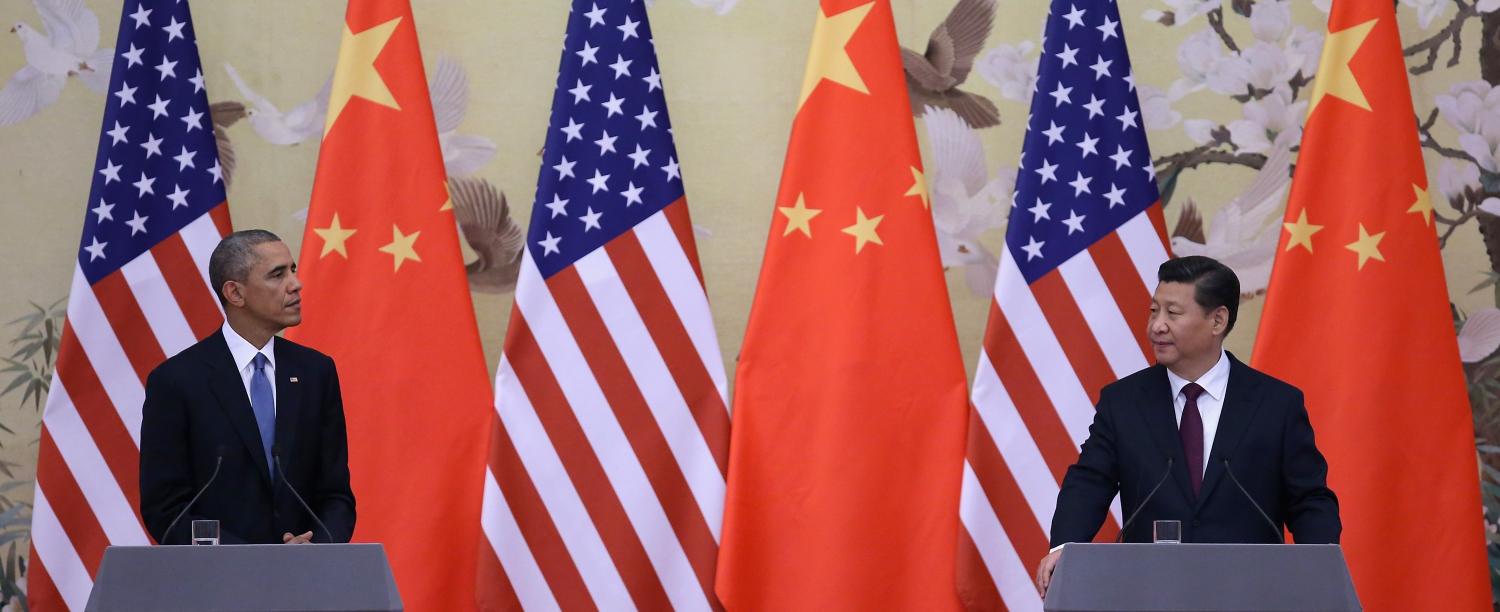As Assistant Secretary of State for Asia in Barack Obama's first term, Kurt Campbell has a respectable claim to being the principal architect of the president's Pivot to Asia. Not surprisingly, then, his new book The Pivot: The Future of American Statecraft in Asia argues that the Pivot is the right policy for America in Asia over coming years, and explains how it should be elaborated and extended under the next president.

Kurt's book will resonate with those who already think the Pivot has been good policy. The question is whether it can persuade the sceptics to change their minds. I'm not sure it will, because it fails to effectively address key weaknesses which were clear enough when the Pivot was first launched, and have become clearer still in the years since.
First, Washington has never clearly identified or analysed the problem which the Pivot is supposed to solve, and The Pivot doesn't either. And yet there is no mystery here. America's problem in Asia today is that China seeks to take its place as the primary power in Asia, and the shift in relative power between the two countries over recent decades makes China's challenge very formidable indeed. This simple fact must be at the centre of any serious analysis of America's policy options in Asia.
The Pivot mentions China a lot, but does not plainly acknowledge the centrality of its challenge to America's predicament in Asia today, and nowhere seriously assesses the power and ambition that drive China's challenge. Nor is the book clear about America's objectives. In places it says America's aims include preventing Asia falling under someone else's hegemony, but elsewhere that the Pivot is all about preserving Asia's geopolitical 'operating system', by which it plainly means preserving the status quo based on US primacy.
Thus the book, like the policy itself, is based on evasions about both China's and America's aims, and therefore avoids acknowledging how directly those aims conflict, and how stark and serious the resulting confrontation between them has already become. [fold]
From this first weakness flows a second. Because The Pivot does not clearly identify the scale of the problem, it does not offer solutions that measure up to it. Its policy proposals, set out in a 'Ten Point Plan', are not set against the scale of the task required of them, or the obstacles they face. The ten points include, for example: mobilising US public support for engagement with Asia (but without mentioning Donald Trump or Bernie Sanders); strengthening US alliances (but without mentioning the reluctance of US allies to be seen to align against China); and 'Setting the Contours for China's Rise' (but without acknowledging that China has no reason to accept America's 'contours' and plenty of ways to set some contours of its own).
Here too the weakness of the book reflects the weakness of the policy after which it is named. The practical steps taken under the Pivot have always been far too modest to meet the challenge America faces in Asia. Indeed, it is hard to imagine that they were ever intended to have more than a symbolic effect. The Pivot's architects apparently assumed that a merely symbolic reassertion of US power and resolve would be enough to make China back off and abandon its challenge. China's assertive posture in the East and South China Seas today is strong evidence that they were wrong. And yet this assumption infuses The Pivot.
Which brings us to the third weakness of the book, and of the policy. Neither seriously consider the costs to America of the measures that would be needed to achieve what they presume to be America's aims of resisting China's challenge and preserving US primacy. They underestimate the challenge, they underestimate the measures needed to meet it, and they therefore underestimate the costs and risks America must run to do so – diplomatically, economically and, above all, strategically.
In particular, The Pivot has nothing to say about the most important single question facing America in Asia today: is it willing to go to war with China to preserve US primacy? This question, more than anything else, will determine the shape of future Asian order and America's role in it. China's recent conduct strongly suggests that it will only abandon its challenge to American primacy if it is really convinced that the answer is 'yes'. But nothing Beijing has seen or heard from Washington in recent years has convinced it of that, which is why it has been acting so boldly. Unless that changes, the chances of facing down Beijing's challenge are very low.
That will not change until an American president is willing to stand up and explain to America's people why US primacy in Asia is so important to them that they should be willing to go to war with China to preserve it. The answer to that question must encompass the fact that China is a nuclear-armed power with the capacity to destroy US cities. This is an issue which The Pivot entirely avoids. I found no substantive reference to China's nuclear forces in the entire book, nor to extended nuclear deterrence as the foundation of America's key alliances, and hence to its position in Asia. No analysis that evades these hard questions can address the future of America's Asia strategy effectively.
So Kurt Campbell's new book reinforces the impression that important elements of America's foreign policy establishment still haven't begun either to take China's rise seriously or to consider the momentous choices America faces in response to it. Until that changes, America's response to China is unlikely to become much more effective than it has been for the five years since Barack Obama launched the Pivot in Canberra. And so it becomes more and more likely that American power in Asia will continue to dwindle.
Photo: Getty Images/Feng Li
